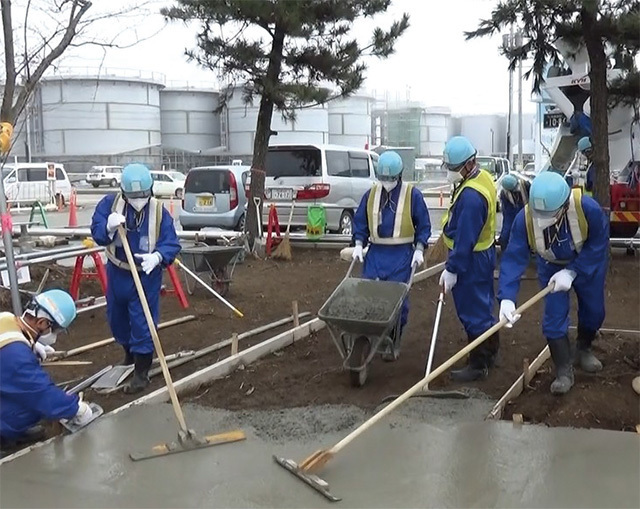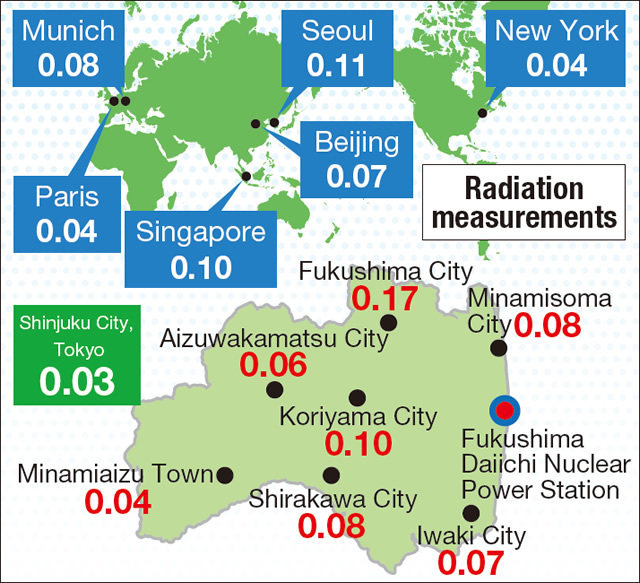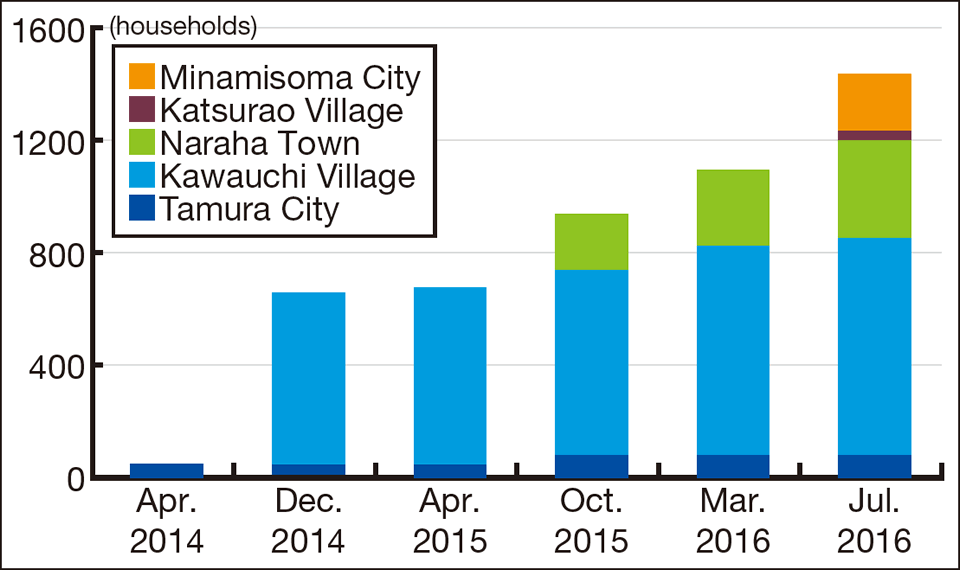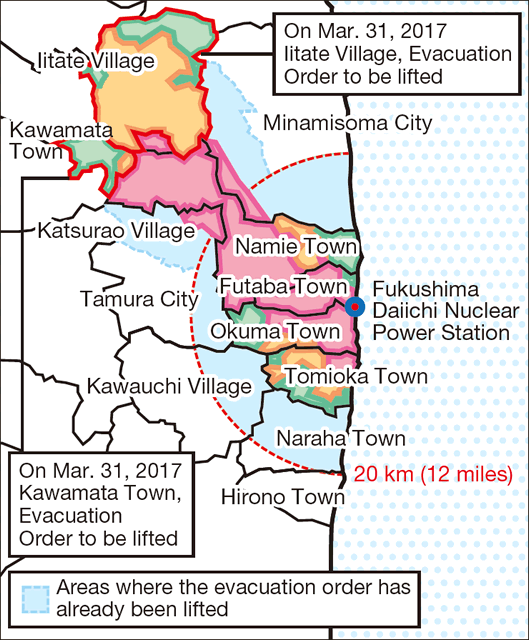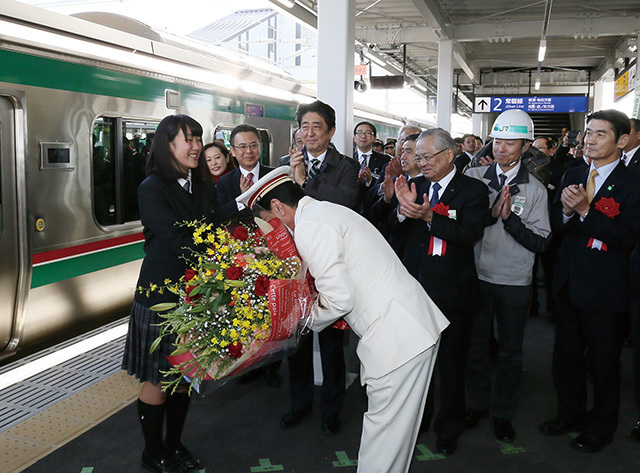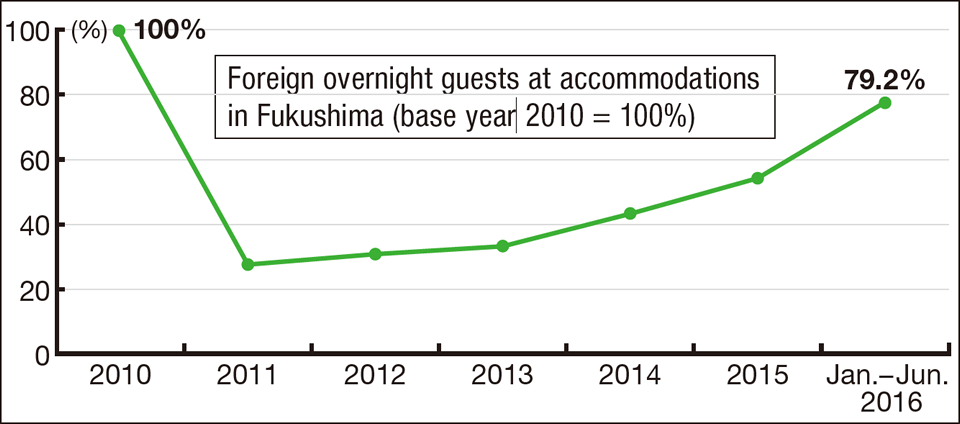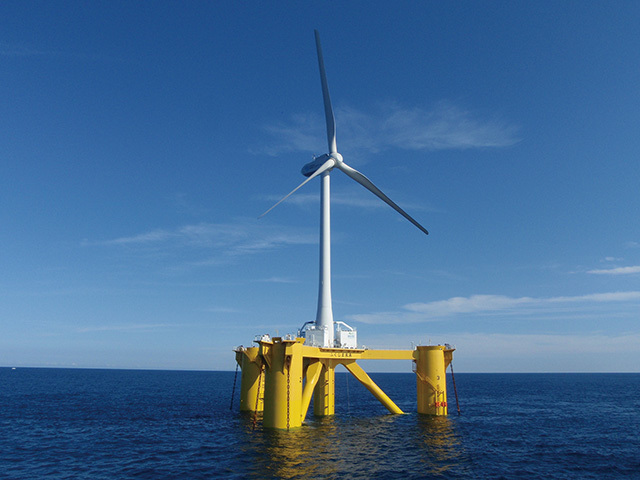Overwhelmed by the tsunami caused by the Great East Japan Earthquake of March 11, 2011, the Fukushima Daiichi Nuclear Power Station lost its ability to cool the reactors, and overheating of the fuel caused a hydrogen explosion. Now the reactors are under continuous water-injection cooling, and stable conditions are being maintained.
The cooling water is purified and recycled, and multilevel protective measures are being taken to prevent water contamination and outflows of contaminated water, such as by pumping up groundwater, building an impermeable wall, and treating contaminated water with radioactive material removal equipment. Information about the status of these measures is constantly disclosed in Japan and internationally; for example, reports are regularly submitted to the International Atomic Energy Agency.
Currently, about 6,000 workers are proceeding safely and steadily with decommissioning work at the site of the power station. Initially they needed to wear protective clothing, but their workplace environment has improved, and now they can wear ordinary uniforms in about 90% of their work area.


























